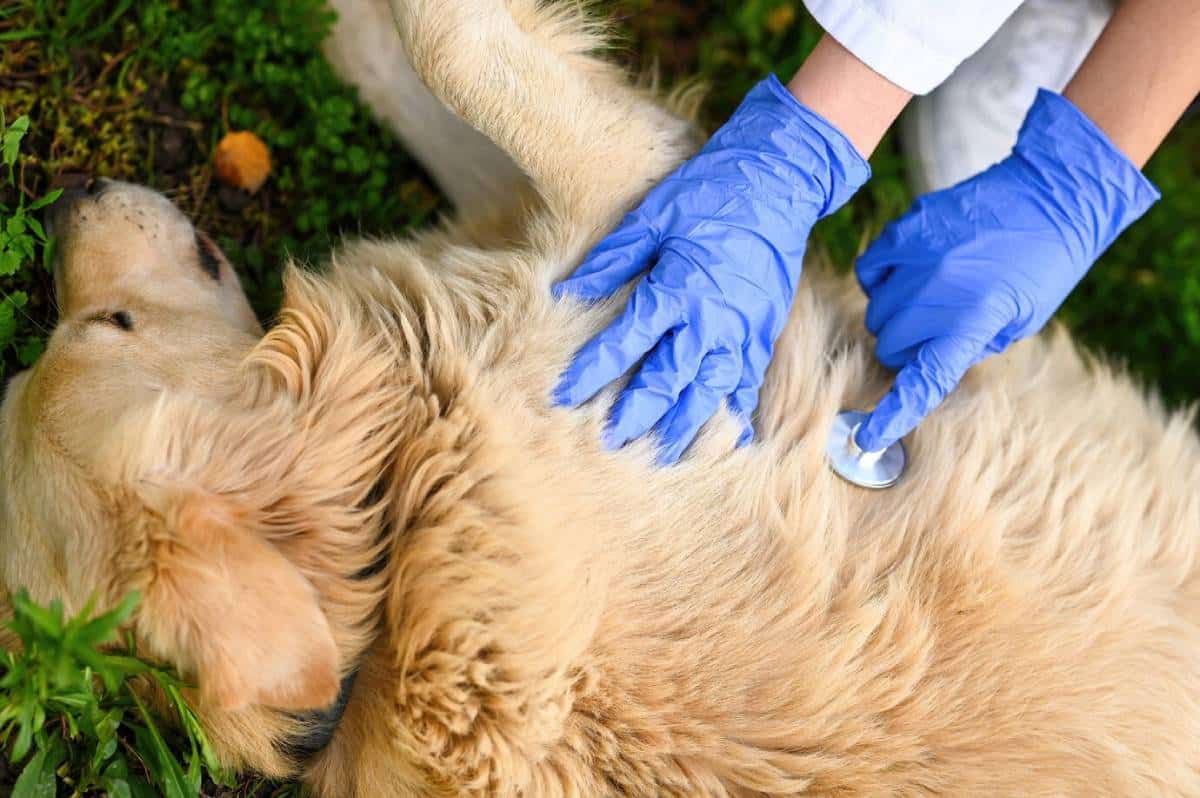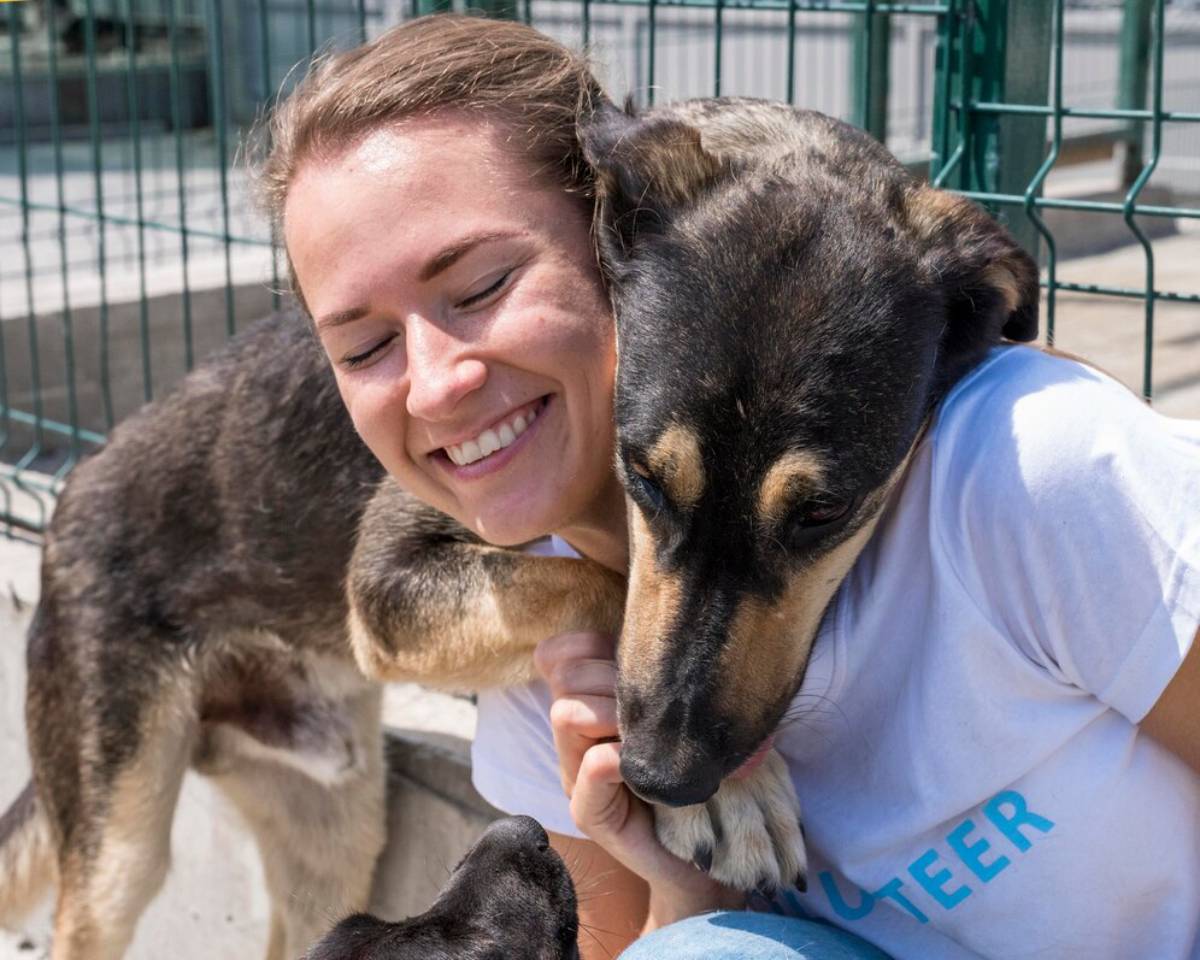
Pet CPR: A Life-Saving Skill Every Owner Should Know
In the world of pet ownership, few skills are as crucial yet underappreciated as pet CPR. This life-saving technique could mean the difference between life and death in an emergency situation. Despite its importance, many pet owners remain unaware of how to perform CPR on their furry companions. This guide covers pet CPR. We’ll explain why it matters and give you a step-by-step way to learn this important skill.
Understanding how to perform CPR on pets is not merely an option but a responsibility for every pet owner. Just as we equip ourselves with first aid knowledge for humans, extending this to our pets is a natural and necessary progression. Emergencies can happen suddenly. In those critical times, knowing how to do pet CPR can save a life.
Key Benefits / Why It Matters

Pet CPR is an essential skill for several reasons. Pets can have sudden heart or breathing problems, just like humans. This can happen due to choking, trauma, drowning, poisoning, or other health issues. In such instances, immediate action can significantly increase the chances of survival.
Real-Life Applications of Pet CPR
Consider a situation where your dog begins choking on a toy or food and loses consciousness. Without prompt intervention, the pet could suffer irreversible brain damage within just minutes. Knowing CPR helps keep oxygen flowing to the brain and other organs. This buys time until you can get professional veterinary care.
Another scenario might involve a cat collapsing due to an undiagnosed heart condition. Cardiac arrest in cats can occur rapidly and without visible warning signs. In critical moments, CPR can help reverse the arrest. It may also stabilise the cat’s condition until help arrives.
Pet CPR is not just for accidents. It also applies to electric shock, allergic reactions, or severe infections that can lead to respiratory failure. The versatility and potential impact of CPR underscore its importance in any pet first aid toolkit.
Data-Backed Insights
Veterinary studies show that pets who get CPR on time have a much better chance of surviving than those who don’t. The American Animal Hospital Association (AAHA) says CPR success rates in pets are low. However, if pets get help within two minutes of cardiac arrest, their survival chances rise significantly—by as much as 10%. While this figure might seem modest, it highlights the value of immediate and appropriate action.
Additional Expert Tips & Common Mistakes to Avoid
Best Practices for Performing Pet CPR
- Assess the Situation: Before jumping into CPR, make sure your pet is truly unresponsive and not breathing. Check for signs of consciousness, responsiveness to touch or sound, and visible chest movement. Avoid performing CPR on a pet who is breathing or has a heartbeat.
- Check Airway and Breathing: Gently open the mouth and inspect for obstructions such as food, toys, or vomit. Clear anything visible using your fingers, taking care not to push it further in.
- Positioning Your Pet Correctly: Lay the pet on a firm, flat surface, ideally on its right side, so the heart is more accessible. Straighten the neck and head to ensure a clear airway.
- Chest Compressions: The location and method of compressions vary depending on your pet’s size and species. Aim for 100–120 compressions per minute—roughly the beat of the song “Stayin’ Alive” by the Bee Gees.
- Large Dogs: Place your hands over the widest part of the chest. Compress the chest at a depth of about one-third to one-half its width.
- Small Dogs and Cats: Use one hand to wrap around the chest. Compress using your thumb and fingers, or use one hand over the heart with firm, rhythmic pressure.
- Rescue Breaths: After every 30 compressions, give two rescue breaths. Extend the neck to open the airway, close the mouth, and breathe into the nose. Watch the chest rise to confirm airflow. If the chest does not rise, recheck for obstructions and adjust the head position.
- Repeat the Cycle: Keep doing 30 compressions and 2 breaths. Continue this until the pet breathes on its own or help arrives.
Common Mistakes and Misconceptions
- Poor Compression Technique: If compressions are too far forward or not hard enough, CPR won’t work. Overly forceful compressions may also cause rib fractures or other injuries.
- Neglecting the Airway: Many pet owners forget to check and clear the airway before starting compressions. An obstructed airway can make CPR useless, as oxygen won’t reach the lungs.
- Skipping Rescue Breaths: Just chest compressions might not keep pets alive, especially if they stop breathing. Skipping breaths can drastically reduce the effectiveness of CPR.
- Giving Up Too Soon: It’s tough, but doing CPR for at least 10 minutes can help. This is important while you wait for emergency help or the vet.
- Not Following Up with a Vet: Even if CPR appears successful, your pet must be evaluated by a vet. Internal injuries, shock, or recurring arrhythmias can still be present.
Advanced Insights / Expert Recommendations
Understanding the Physiology Behind Pet CPR
The goal of pet CPR is like human CPR. It keeps blood flowing and oxygen reaching important organs when the heart and lungs fail. Chest compressions act as a manual pump to move blood through the body, while rescue breaths deliver essential oxygen.
Cats and dogs have anatomical differences that affect the CPR technique. For example, Bulldogs and Boxers are barrel-chested breeds. They may need compressions on the sternum, not the side of the chest. These breed-specific nuances can greatly impact the effectiveness of your CPR efforts.
Unique Industry Perspectives
Veterinary experts agree that hands-on learning is critical for mastering pet CPR. Many pet organisations and animal shelters offer first aid classes tailored for pet owners. These often include practical demonstrations, CPR manikins, and scenario-based learning.
Veterinarians suggest that pet owners have a first aid kit for their pets. It should include gloves, a digital thermometer, a muzzle (for biting pets), and a printed CPR instruction sheet for easy access.
Lesser-Known Insights
Few people realise that CPR may need to be modified for pregnant pets or those recovering from surgery. In such cases, compressions should be gentler, and the pet should be handled with extra care.
Pets with hypothermia may not respond to CPR. Their body temperature needs to rise gradually first. In such situations, warmth should be provided simultaneously with resuscitation efforts.
Additionally, CPR can be mentally and emotionally taxing. Preparing yourself psychologically is as important as knowing the physical steps. Regular training can help reduce panic and increase your ability to act quickly and effectively.
Conclusion: Making Pet CPR a Preparedness Priority

In conclusion, pet CPR is an invaluable skill that every pet owner should possess. It helps you manage emergencies well. Plus, it strengthens your bond with your pet. You’ll feel ready to protect them when it matters most.
As you take on pet ownership, think about joining a pet first aid course. This can help you learn more about pet CPR and improve your skills. Repetition and practice are key—so don’t rely on theoretical knowledge alone.
Remember, while this guide provides a foundational understanding, hands-on training is irreplaceable. Take the initiative to learn and practise, ensuring you’re ready to act swiftly and confidently should the need arise. Your pet’s life could very well depend on it.
As you reflect on this information, ask yourself: Are you prepared to be your pet’s first responder in an emergency? If not, now is the time to take action. Invest in your knowledge. Familiarise yourself with pet CPR. Keep emergency contacts accessible. Most importantly, be the calm, confident presence your pet needs when seconds count.


